From mid-April to early May, if you go to tourist areas or amusement parks in Japan, you will see many colorful carp-shaped streamers decorated.
This is how the Japanese celebrate “Tango no Sekku” (端午の節句), which means “Boys’ Day”.
This article will introduce the origin and traditional customs on “Tango no Sekku”.
Tango no Sekku: Boys’ Day in Japan
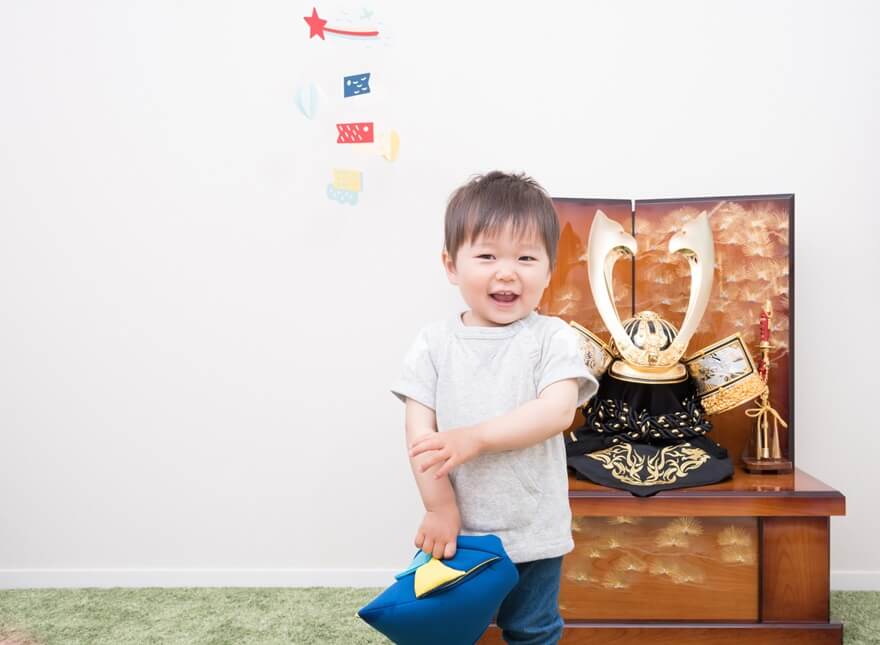
“Tango no Sekku” (端午の節句) is a traditional holiday in Japan, held on May 5 every year to celebrate the coming of age of boys.
Imported from China, “Tango no Sekku” was originally an event to ward off evil spirits.
The ancient Chinese believed that the 5th day of the 5th lunar month was a bad day, so there was a tradition of drinking alcohol soaked in orchids and hanging irises at the entrance of the house to ward off illness and bad luck.
Iris in Japanese is read as “Shōbu” (菖蒲) – homophones with “martial spirit” (尚武) or “fighting” (勝負).
During the Warring States period, when the fighting spirit became an important part for boys born into Samurai families, May 5 also gradually became a prayer event exclusively for boys.
Entering the Edo period (1603 ~ 1868), while Samurai families decorated their armor and helmets, common people also celebrated “Tango no Sekku” by decorating Samurai dolls and colorful carp-shaped streamers.
“Tango no Sekku” became an occasion to wish boys a healthy and happy adulthood, and this custom is still maintained today.
“Tango no Sekku” and “Kodomo no hi”

May 5 was originally “Tango no Sekku”, but in 1948, the Japanese government changed the name of this day to “Kodomo no hi”, and made it a national holiday.
“Kodomo no hi” (子供の日) means “Children’s Day”, which celebrates the healthy development and happiness of both boys and girls.
However, customs related to “Tango no Sekku” are still kept almost intact and for most Japanese people, “Kodomo no hi” is still a day for boys.
This is understandable because girls have their own holiday called Hinamatsuri (ひな祭り), which takes place on March 3.
Traditional customs on “Tango no Sekku”
Decorative carp-shaped streamers
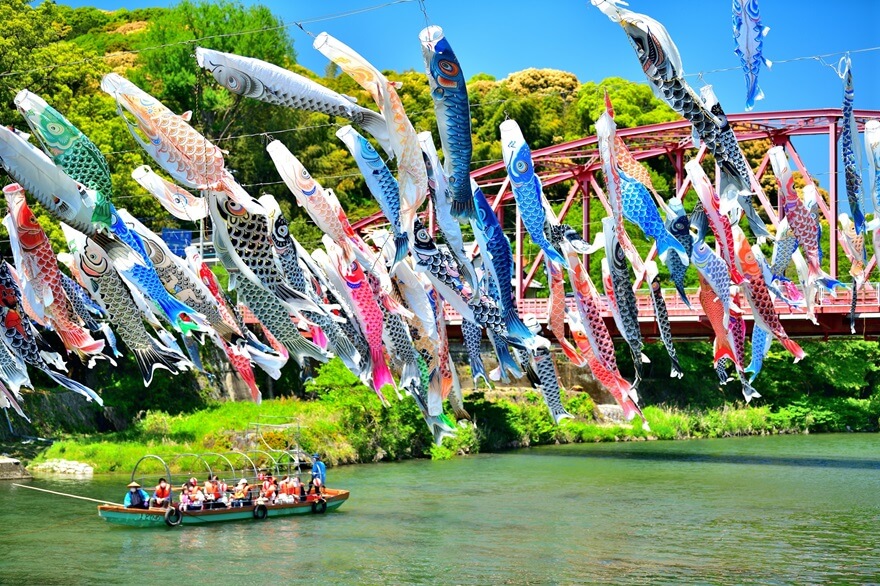
On “Tango no Sekku”, families with boys will hang colorful carp-shaped streamers outside their homes. These streamers are called “Koinobori” (鯉のぼり).
According to legend, a carp swims up the waterfall to transform into a dragon, so the carp symbolizes strength and success.
Hanging the carp flag symbolizes the thoughts of parents who hope their children will overcome difficulties and succeed in life.
Decorate Samurai armor and helmet
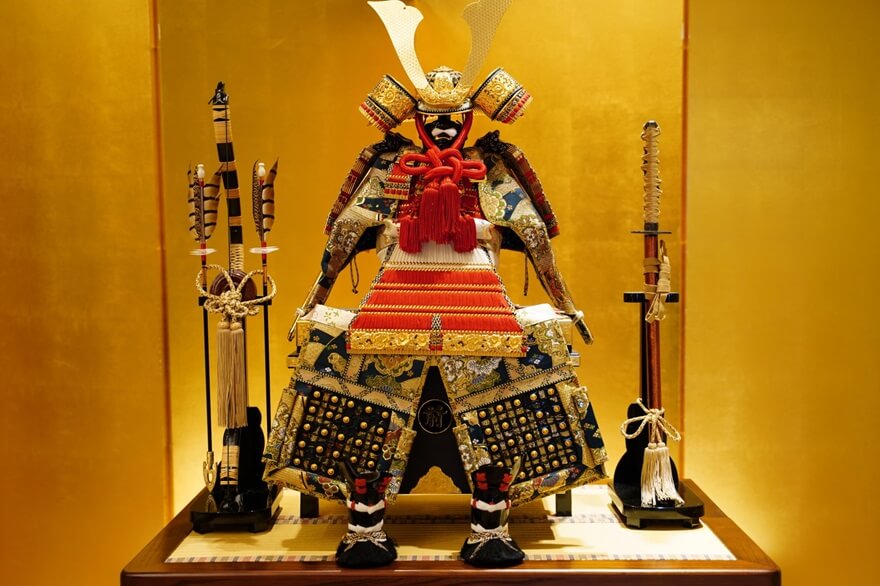
Armor and helmets, collectively called Yoroi Kabuto (鎧兜), were items that Samurai wore to protect themselves in battle.
The decoration of Yoroi Kabuto contains the hope that boys will escape disasters and grow up strong.
Decorate warrior dolls
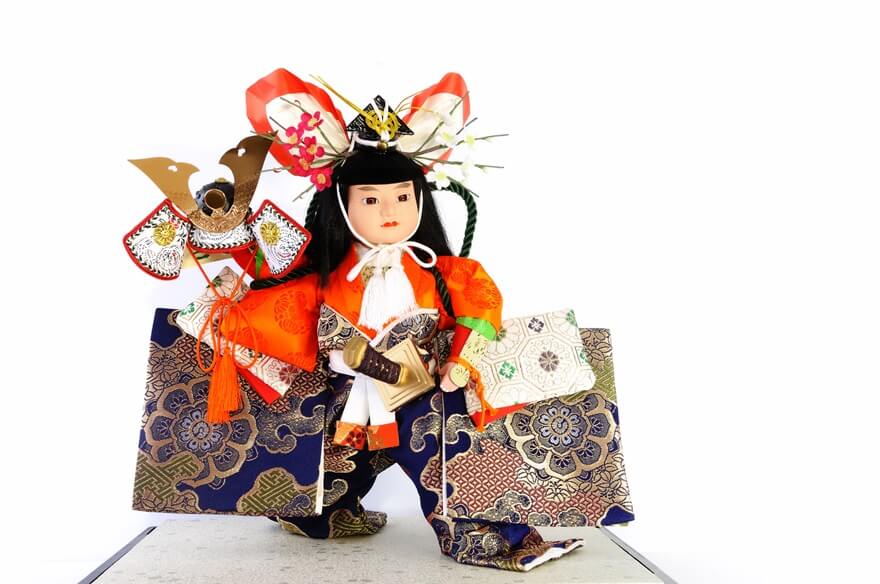
Some families also decorate warrior dolls, called Musha Nigyō (武者人形), on “Tango no Sekku”.
Musha Nigyō is a cute boy doll wearing a warrior outfit.
Doll models are often real heroes in history or characters appearing in mythology. The most popular are Musha Nigyō shaped like Kintarō – symbolizing dynamism and kindness, Musha Nigyō shaped like Momotarō – symbolizing courage, or Musha Nigyō shaped like Shōki (traditional Chinese deity) – symbolizing victory over evil spirits.
Eat Chimaki and Kashiwa-mochi
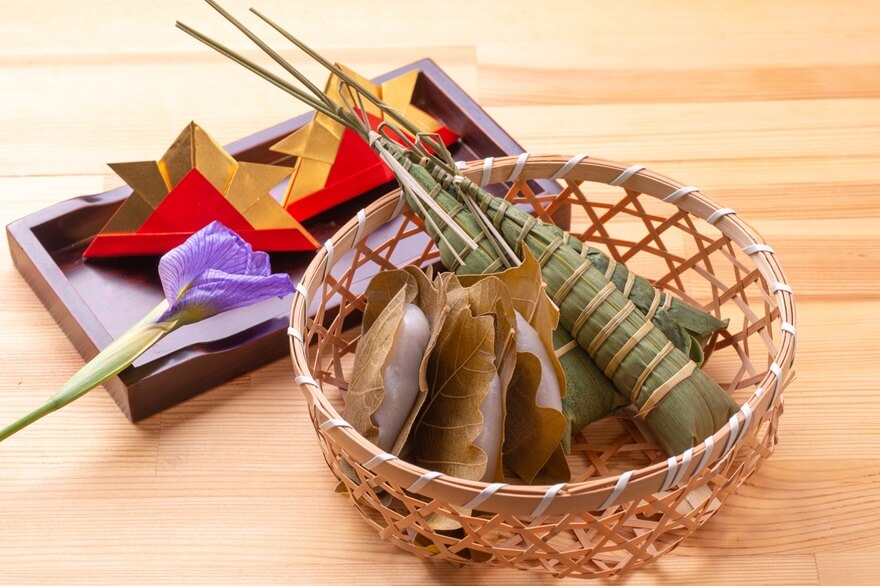
Chimaki and Kashiwa-mochi are two traditional dishes on “Tango no Sekku”.
Chimaki (粽) is made by wrapping sticky rice in bamboo leaves. Chimaki is a symbol of luck and health.
Kashiwa-mochi (柏餅) is a type of sweet bean-filled rice cake wrapped in oak leaves. The oak tree is characterized by its old leaves not falling until new shoots emerge, so it symbolizes “the prosperity of descendants”.
Bath with iris leaves

On “Tango no Sekku”, Japanese people often soak in a hot bath with iris leaves. They believe that the special scent of iris can ward off evil spirits.
In fact, iris root contains substances that stimulate blood circulation and is said to help relieve back pain and nerve pain.
Soaking in hot water with iris leaves helps relax and bring a sense of peace.

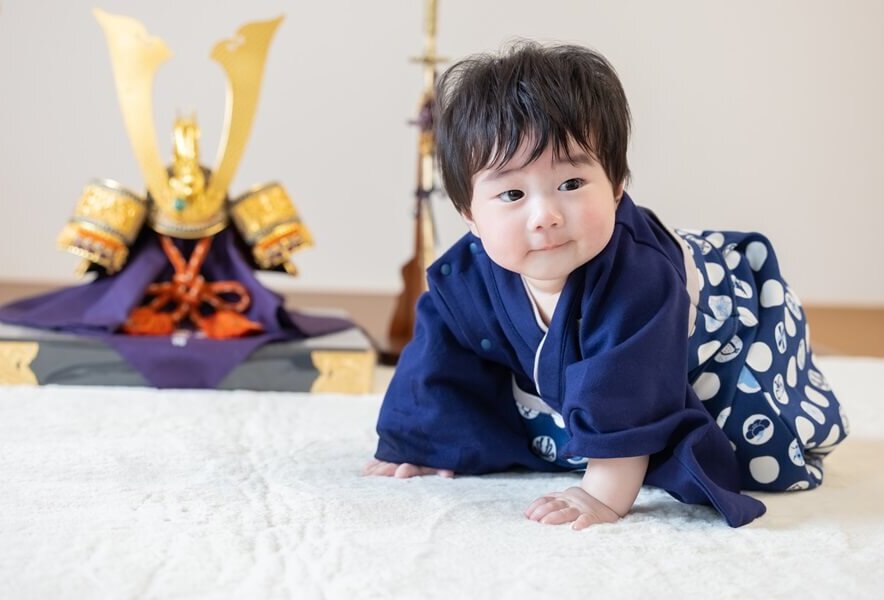
Comment